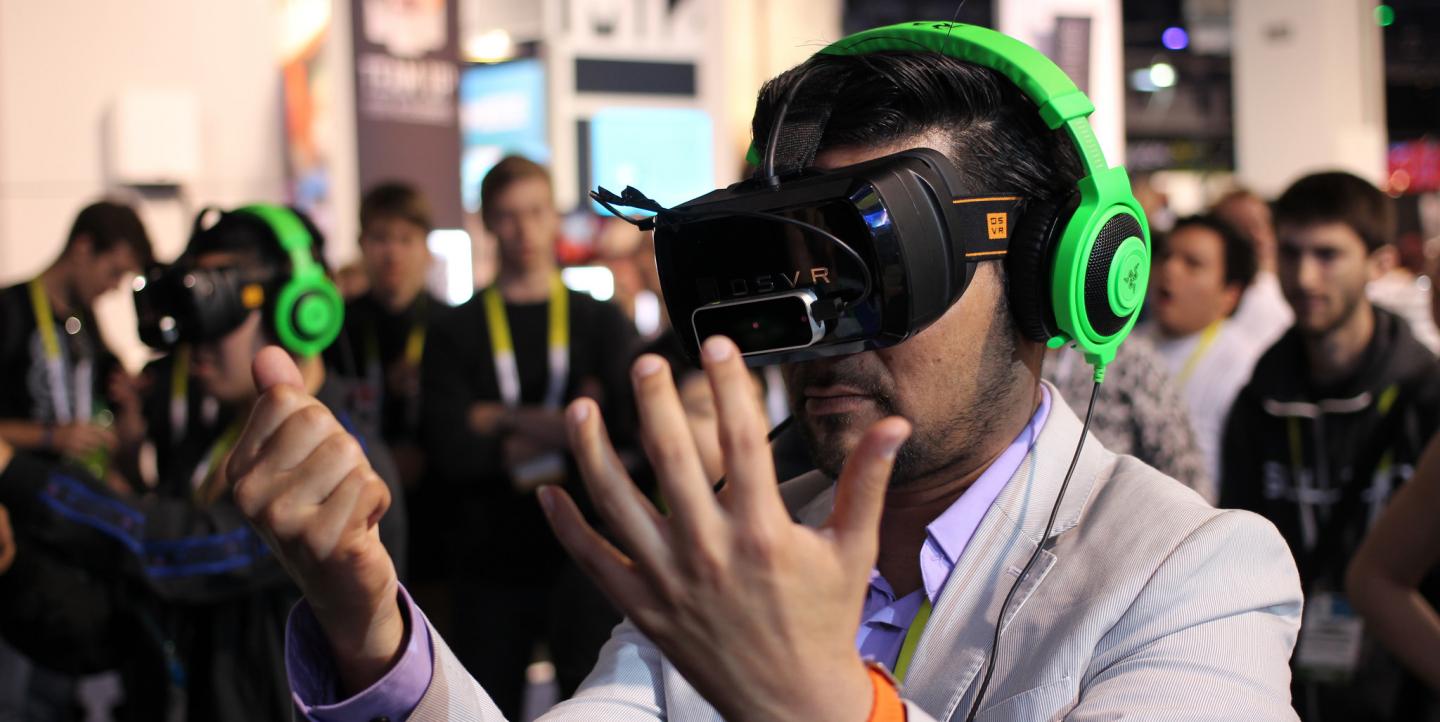For video journalists, virtual reality (VR) technology is not new. It’s been talked about since the 90s. But recently, there’s been more of a push as big companies have made the jump and started embracing the technology.
Popular platforms like YouTube and Facebook have introduced 360° viewing abilities. Google Cardboard has become more widely available and they’re much cheaper than VR goggles. As VR is gaining traction, news organizations like The New York Times and The Huffington Post have started looking into it.
Storyhunter, a platform connecting more than 15,000 video professionals with companies in need of their services, saw this opportunity and recently decided to offer VR and 360° services on their website. Videographers can now offer 360° video production to companies and clients through Storyhunter.
The company is going even further and is publishing content, on its blog or in online guides, to help filmmakers add this new technique to their skillsets.
“We’re encouraging everybody in our network to start experimenting, get to know the tools, see how storytelling will be like in the future and really shape it,” said Jaron Gilinsky, founder and CEO of Storyhunter.
Although Gilinksy said he believes we’re still at the beginning of VR, he thinks it’s necessary for video journalists to be ready.
“I think it’s something video journalists should start experimenting with and play around with if they can access some cheap VR gear and rigs,” he said.
Yet producing high-quality VR content requires heavy investment in both equipment and post-production that many journalists can’t afford on their own. That’s why Storyhunter offers advice on producing VR for less.
The best VR films being made at the moment require big production teams, but Gilinsky thinks that as technology improves, it will be easier for video journalists to produce high-quality work on their own.
“It's like in the early days of backpack video journalism,” he said. “People were saying ‘Oh that's crazy, how do you film, produce, edit all by yourself?’ But we proved it is possible. I think the same is going to be true for VR.”
So far, Storyhunter has seen less VR demand from corporate companies because of the currently limited audience size. However, he says interest for VR and 360° videos from news organizations is growing. Through their platform, publishers are commissioning 360° videos. The New York Times worked with Pedro Simao de Miranda, a video journalist on Storyhunter, for some 360° video coverage in Brussels after the March 2016 terrorist attacks.
Gilinsky said he is a big believer in VR and 360° video as the future of video journalism.
“It’s the most powerful medium that’s ever existed for storytelling,” he said. “The immersive nature of it is something that's going to lead to some amazing empathy from audiences.”
Full disclosure: I have a profile on Storyhunter.
Main image CC-licensed by Flickr via Maurizio Pesce.

